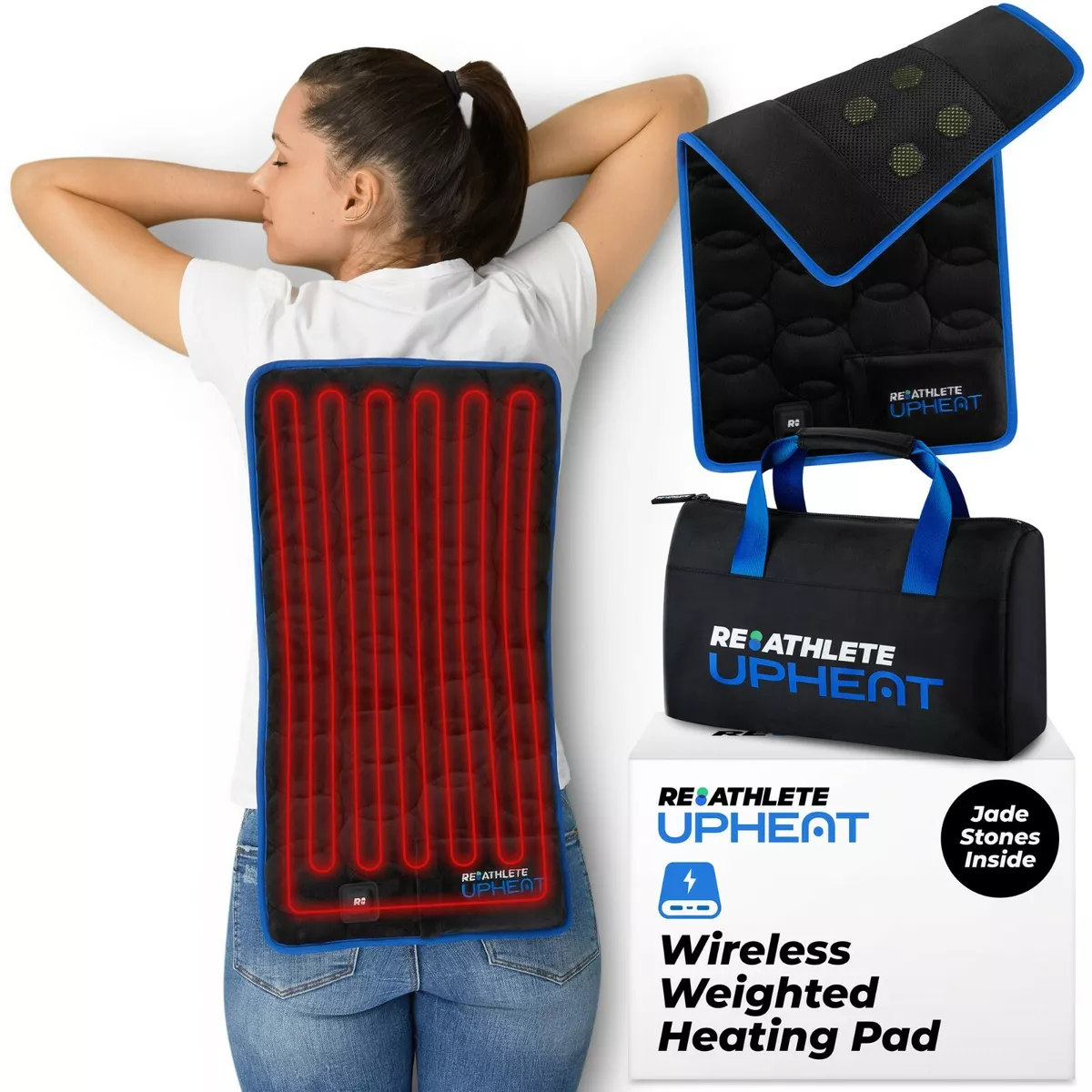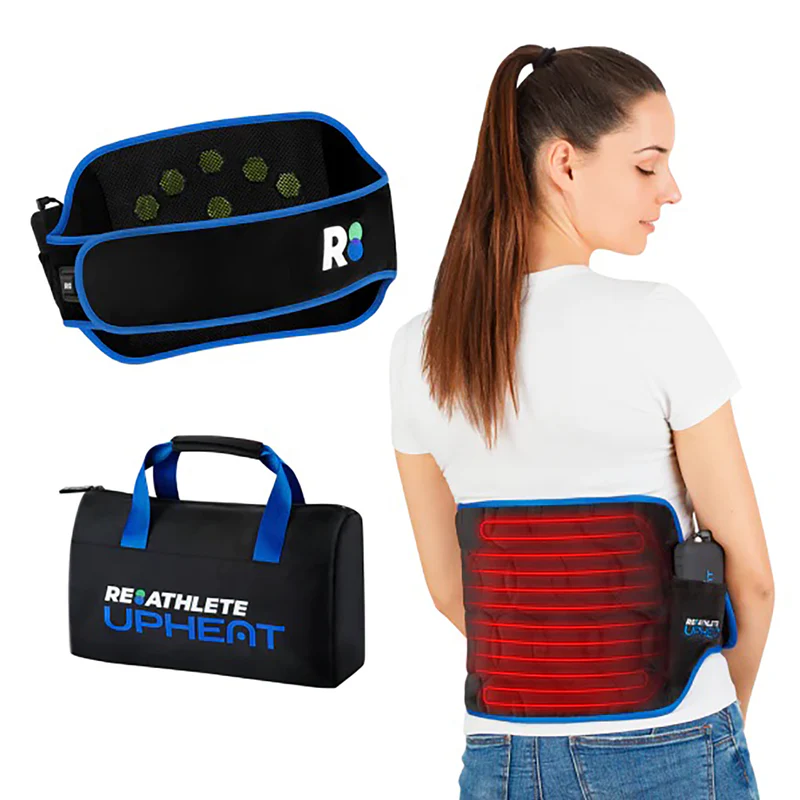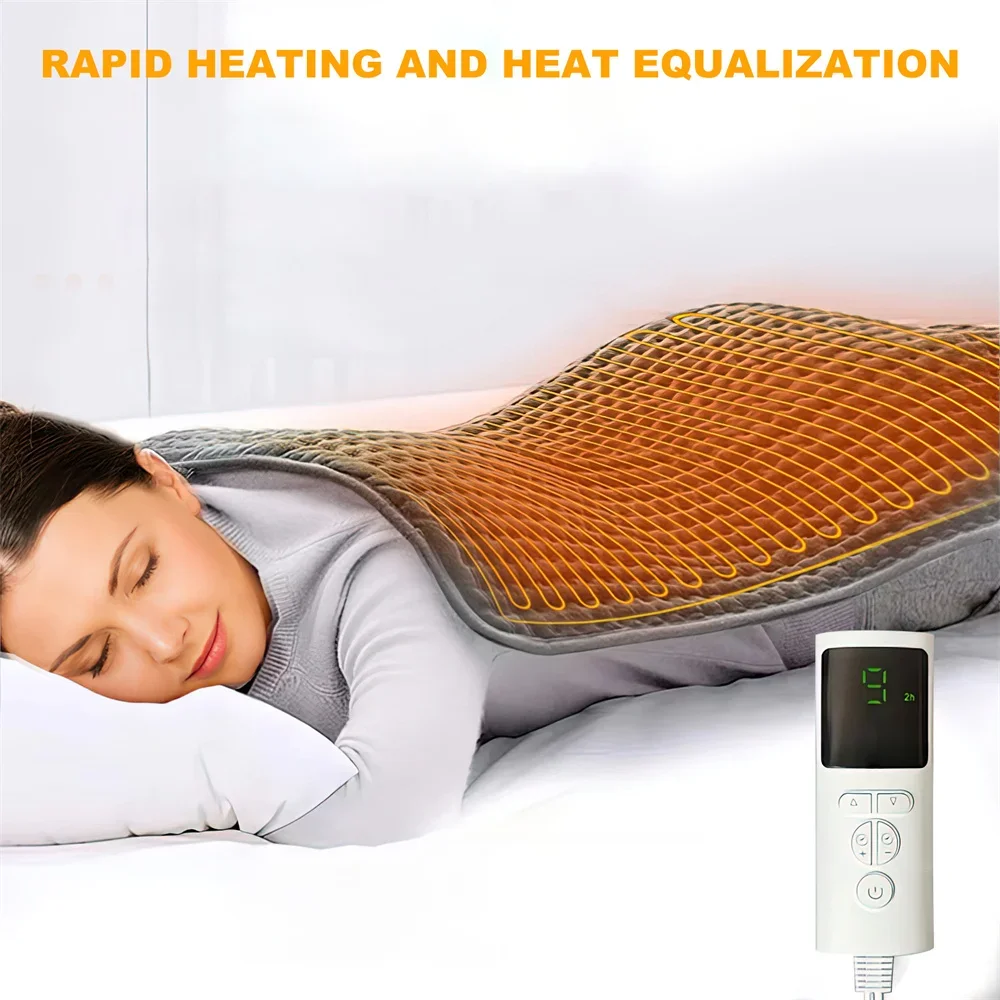
The Ultimate Guide to Heating Pad for Back Pain
Introduction
In our fast-paced lives, back pain has become a pervasive issue, affecting individuals of all ages and professions. Whether it’s due to poor posture, strenuous activities, or underlying conditions, the discomfort and limitations caused by back pain can significantly impact our quality of life. Fortunately, the advent of heating pad for back pain has provided a convenient and effective solution for managing this all-too-common ailment. This comprehensive guide delves into the world of heating pads specifically designed for back relief, exploring their benefits, types, and practical applications, empowering you to take control of your comfort and alleviate the burden of back discomfort.
What are Heating Pads for Back Pain?
Heating pads for back pain are specialized devices designed to deliver targeted warmth and therapeutic relief to the various regions of the back. These pads typically feature flexible materials that conform to the contours of the back, ensuring even heat distribution and maximum comfort. By harnessing the power of gentle, soothing warmth, these heating pads can help relax tense muscles, increase blood flow, and alleviate the aches and stiffness associated with back pain.
The Benefits of Using Heating Pads for Back Pain
Incorporating heating pads for back pain into your self-care routine offers numerous advantages:
- Pain Relief: The gentle warmth provided by these pads can help alleviate muscle aches, joint stiffness, and discomfort in the back, promoting relaxation and relief.
- Improved Circulation: The heat generated by the pads can dilate blood vessels, increasing blood flow to the targeted area, which can aid in the healing process and reduce inflammation.
- Muscle Relaxation: The soothing warmth helps to relax tense and knotted muscles in the back, reducing spasms and promoting overall flexibility.
- Stress Relief: The calming effect of the warmth can help reduce stress and promote overall relaxation, which can indirectly contribute to managing back pain.
- Convenience: Many modern heating pads for back pain are designed with portability in mind, offering cordless operation and rechargeable batteries, making them easy to use at home, in the office, or on the go.
Types of Heating Pads for Back Pain
The market offers a diverse range of heating pads specifically designed for back relief, each tailored to cater to specific needs and preferences. Here are some of the most common types:
1. Full Back Heating Pads
Full back heating pads are large, contoured pads that cover the entire back area, providing comprehensive warmth and relief. These pads are ideal for those seeking full-body relaxation or addressing widespread back discomfort.
2. Lumbar and Lower Back Heating Pads
Lumbar and lower back heating pads are designed to target the lower region of the back, where most back pain and strain tend to occur. These pads are often contoured to fit the natural curvature of the lower back, ensuring maximum comfort and support.
3. Upper Back and Shoulder Heating Pads
Upper back and shoulder heating pads are tailored to address discomfort in the upper back, shoulder blades, and neck areas. These pads can be particularly beneficial for those who experience tension or strain from prolonged sitting or poor posture.
4. Rechargeable Heating Pads for Back Pain
Rechargeable heating pads for back pain are a modern and eco-friendly alternative to traditional electric pads. These pads are powered by rechargeable batteries, making them cordless and highly portable, ideal for use at home, in the office, or while traveling.
Factors to Consider When Choosing a Heating Pad for Back Pain
To ensure you select the best heating pad for your back pain needs, consider the following factors:
- Targeted Area: Determine which specific area of your back requires relief, such as the lower back, upper back, or full back, to choose the appropriate size and design.
- Intensity and Temperature Settings: Evaluate the importance of customizable temperature settings or intensity levels. Some users may prefer more precise temperature control, while others may prioritize simplicity and ease of use.
- Portability: Consider the level of portability you require. If you plan to use the heating pad primarily at home, an electric model may suffice. However, if you need to use it on the go, a rechargeable or cordless option may be more suitable.
- Size and Shape: Assess the size and shape of the heating pad based on your body size and the specific area you wish to target. Larger pads may be better suited for full back coverage, while smaller pads can be more effective for localized relief.
- Safety Features: Look for heating pads with built-in safety features, such as automatic shut-off timers, overheat protection, or moisture-resistant materials, to ensure safe and worry-free use.
- Durability and Quality: Consider the durability and quality of the heating pad, including the materials used and the brand’s reputation. A well-made heating pad can provide years of reliable service and comfort.
Proper Use and Maintenance of Heating Pads for Back Pain
To ensure the longevity and optimal performance of your heating pad for back pain, follow these guidelines:
- Read and follow the manufacturer’s instructions carefully, paying attention to any safety precautions or usage guidelines.
- Avoid direct contact between the heating pad and bare skin to prevent burns or skin irritation. Instead, place a thin layer of clothing or a towel between the pad and your back.
- Do not use the heating pad for extended periods, as prolonged exposure to heat can be harmful. Follow the recommended usage times provided by the manufacturer.
- Keep the heating pad clean and free from moisture to prevent damage to the internal components and ensure safe operation.
- Store the heating pad in a cool, dry place when not in use, and avoid folding or creasing the pad to maintain its shape and functionality.
- Regularly check the heating pad for any signs of wear or damage, such as frayed cords or cracks in the material, and replace it if necessary.
Incorporating Heating Pads for Back Pain into Your Daily Life
Heating pads for back pain can be seamlessly integrated into various aspects of your daily routine, providing relief and comfort in various situations:
- Post-Exercise Recovery: Use a heating pad for back pain to alleviate muscle soreness and promote recovery after intense workouts or physical activities that strain the back muscles.
- Office Comfort: Keep a heating pad at your desk or in your office to manage discomfort during long work hours, alleviating stress and promoting better posture and productivity.
- Home Relaxation: Incorporate a heating pad for back pain into your evening self-care routine, allowing you to unwind and relax while enjoying soothing warmth and relief.
- Travel Companion: Pack a portable heating pad in your carry-on or luggage to soothe back aches and pains during long flights, road trips, or overnight stays.
- Chronic Pain Management: For those dealing with chronic back conditions, such as herniated discs or arthritis, heating pads can provide much-needed relief and support as part of a comprehensive pain management plan.
Conclusion
In the relentless battle against back pain, heating pads have emerged as powerful allies, offering a natural and effective solution for managing discomfort and promoting overall well-being. From full back coverage to targeted relief for specific areas, the best heating pads for back pain provide a range of options tailored to diverse needs and preferences.
By understanding the various types of heating pads for back pain, their benefits, and the factors to consider when choosing the right one for your needs, you can make an informed decision that aligns with your lifestyle and comfort requirements.
Embrace the therapeutic power of warmth and invest in a reliable heating pad for back pain – your body will thank you for the soothing relief it provides. Whether you’re seeking relief from muscle aches, joint stiffness, or chronic back conditions. The best heating pad can be your trusted ally in achieving optimal comfort and improving your overall quality of life.





